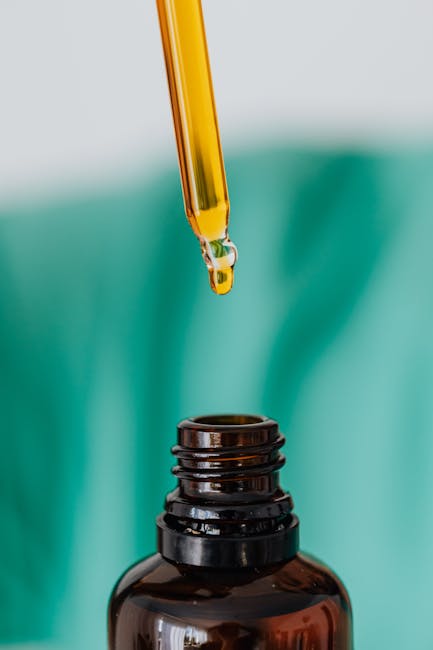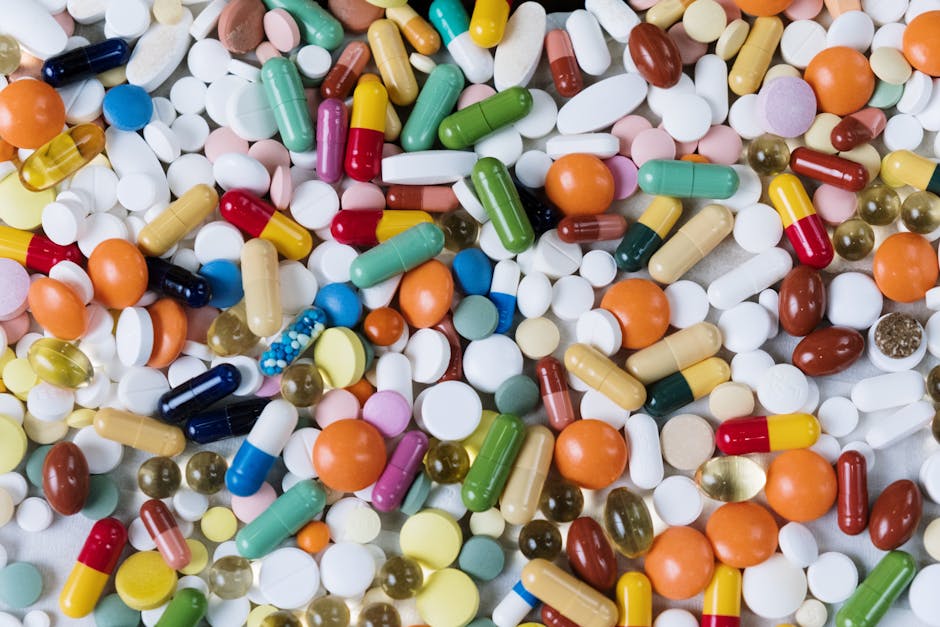What is MDMA on a Drug Test? Detection Windows, Testing Methods, and More
MDMA, commonly known as ecstasy or Molly, is a synthetic psychoactive drug that alters mood and perception. Understanding how MDMA is detected on a drug test is crucial for individuals who may be subject to such testing, whether for employment, legal proceedings, or personal reasons. This comprehensive guide explores the intricacies of MDMA detection, covering various testing methods, detection windows, factors influencing test results, and strategies for minimizing detection.
Understanding MDMA and its Metabolites
MDMA itself doesn’t linger in the body for an extended period. The body quickly metabolizes MDMA into various metabolites, primarily MDA (3,4-methylenedioxyamphetamine) and HMMA (4-hydroxy-3-methoxymethamphetamine). These metabolites are what drug tests typically look for, as they persist in the body longer than MDMA itself. The specific metabolites detected can vary depending on the testing method used.

Types of Drug Tests for MDMA
Several methods are employed to detect MDMA and its metabolites in biological samples. Each method has its own sensitivity, detection window, and cost-effectiveness:
1. Urine Drug Tests
Urine drug tests are the most common type of drug screening for MDMA. These tests utilize immunoassay techniques, which are relatively inexpensive and quick. However, immunoassays are less sensitive than other methods and may produce false positives. If a positive result is obtained, it’s typically confirmed with a more specific technique, such as gas chromatography-mass spectrometry (GC-MS).
The detection window for MDMA in urine is generally 2 to 4 days, but this can vary depending on factors like the amount consumed, individual metabolism, hydration levels, and the sensitivity of the test.
2. Blood Tests
Blood tests are more expensive and less commonly used for routine drug screening. They offer a shorter detection window than urine tests, typically detecting MDMA for only a few hours after consumption. Blood tests are more sensitive than urine tests and can provide a more precise measurement of MDMA concentration.
3. Hair Follicle Tests
Hair follicle tests are capable of detecting MDMA for a much longer period than urine or blood tests – up to 90 days. This is because MDMA and its metabolites are incorporated into the hair’s structure during hair growth. Hair follicle tests are less frequently used for MDMA detection compared to urine tests, primarily due to their cost and the less immediate nature of the results.
4. Saliva Tests
Saliva tests are becoming increasingly popular due to their non-invasive nature and relatively short detection window (typically up to 24-48 hours). These tests are often used in workplace settings where frequent monitoring is needed. However, the sensitivity of saliva tests can be lower than urine or blood tests.

Factors Affecting MDMA Detection Window
Several factors influence how long MDMA and its metabolites remain detectable in the body:
- Amount of MDMA consumed: Larger doses will generally result in longer detection times.
- Frequency of use: Regular MDMA use can prolong detection times.
- Metabolism rate: Individuals with faster metabolisms may eliminate MDMA and its metabolites more quickly.
- Hydration level: Proper hydration can help the body flush out toxins more efficiently.
- Kidney and liver function: Impaired kidney and liver function can prolong detection times.
- Body fat percentage: MDMA can be stored in body fat, potentially prolonging detection.
- Drug interactions: Interactions with other drugs can affect metabolism and detection times.
False Positives and Negative Results
It’s essential to understand the possibility of false positives and negatives in MDMA drug tests. False positives can occur due to the presence of other substances that cross-react with the MDMA antibodies in immunoassay tests. False negatives are less common but can occur if the test is not sensitive enough or if the sample is improperly collected or handled.
Interpreting Drug Test Results
Drug test results should always be interpreted by a qualified professional. A positive result doesn’t automatically indicate MDMA use; further investigation may be necessary to rule out false positives or to determine the context of MDMA use. Negative results, while generally reassuring, shouldn’t be interpreted as definitive proof of no MDMA use, especially if recent consumption is suspected.
Strategies to Minimize Detection
It’s crucial to understand that attempting to circumvent drug tests is generally illegal and unethical. However, knowing how the body processes MDMA can help individuals make informed decisions about their drug use and testing situations. It is crucial to always comply with testing requirements.
Strategies for minimizing detection times primarily focus on allowing the body sufficient time to eliminate the drug and its metabolites. This involves abstinence from MDMA prior to testing and maintaining proper hydration.
Legal Implications of MDMA Use and Testing
The legal consequences of MDMA use vary significantly depending on jurisdiction and the circumstances. In many regions, MDMA is a controlled substance, and its possession, use, and distribution can result in severe penalties, including fines and imprisonment. The outcome of a drug test can have significant legal implications in employment, child custody cases, and criminal proceedings.

Seeking Professional Help
Individuals struggling with MDMA dependence or other substance use disorders should seek professional help. Treatment options are available, including therapy, medication-assisted treatment, and support groups. These resources can provide guidance and support for individuals seeking to overcome substance abuse challenges.
Disclaimer
This information is intended for educational purposes only and should not be construed as medical or legal advice. Always consult with qualified professionals for any health or legal concerns related to MDMA use or drug testing.

